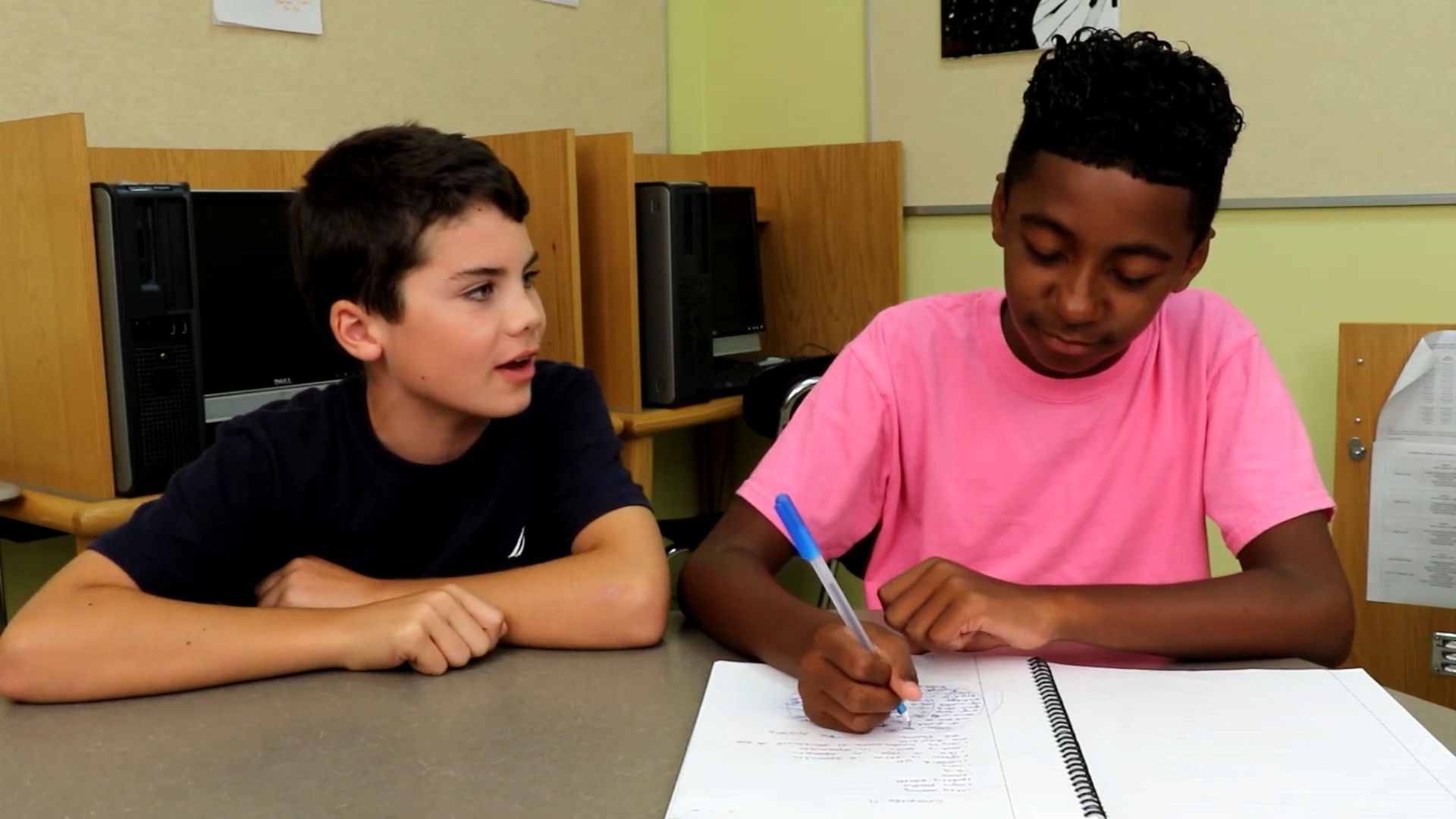Introduction
Indirect communication is a common way people express their thoughts, feelings, or desires without explicitly stating them. This can be especially prevalent among middle school students, as they navigate the complexities of social interactions. Educators can help students develop the ability to understand and respond appropriately to indirect communication, thereby fostering improved communication and social skills. In this blog post, we will discuss a no-prep activity to teach students about indirect communication, followed by discussion questions, related skills, and next steps for further exploration.
No-Prep Activity
This activity, called “Reading Between the Lines,” requires no preparation or materials. Begin by having students pair up, or work in small groups. The educator will provide a series of scenarios where one person is using indirect communication. The students will then discuss and try to identify the underlying message or intention behind the indirect communication.
For example, provide a scenario like this:
Amy: I heard you’re having a party at your house this weekend.
Sarah: Yes, I’m really excited about it.
Amy: That’s awesome! I don’t have any plans for this weekend yet.
Sarah: Oh, well I hope you find something fun to do.
Students should discuss and identify that Amy was indirectly asking for an invitation to Sarah’s party. After students have discussed each scenario, bring the class back together and discuss the various situations and the intentions behind the indirect communication.
Discussion Questions
- Why do people sometimes choose to communicate indirectly rather than directly? What are the benefits and drawbacks of this approach?
- How can we improve our ability to recognize and understand indirect communication? What clues should we look for?
- How might misunderstandings arise when people use indirect communication? How can we prevent or resolve these misunderstandings?
- How can understanding indirect communication help improve our relationships with others?
- Can you think of a time when you used indirect communication or someone used it with you? How did it affect the situation?
Related Skills
Beyond understanding indirect communication, there are several other related skills that can enhance students’ social-emotional learning:
- Active Listening: Paying close attention to what others are saying and responding thoughtfully can help students pick up on indirect messages and improve overall communication.
- Empathy: Putting oneself in another person’s shoes can help students better understand the reasons behind indirect communication and respond appropriately.
- Assertiveness: Encouraging students to express their thoughts and feelings directly can help reduce the need for indirect communication and promote clearer, more effective communication.
- Conflict Resolution: Developing the ability to address misunderstandings and disagreements in a healthy, constructive manner can help students navigate situations involving indirect communication.
Next Steps
To further explore teaching indirect communication skills and other essential social-emotional learning topics, we encourage you to sign up for free samples of our materials. Our resources are designed to help educators effectively teach these important skills to middle school students, fostering improved communication, relationships, and overall well-being. Visit Everyday Speech’s sample materials to get started today.






